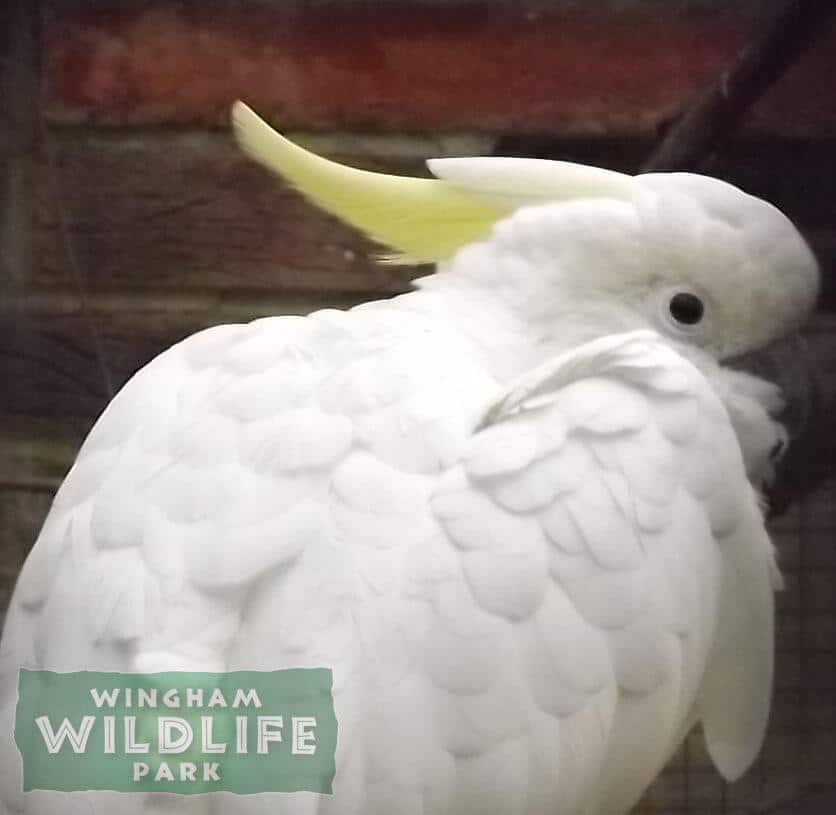
Medium Sulphur Crested Cockatoo Natural History
Size
This bird reaches lengths of around 17 inches and can weigh between 550 g and 600 g.
Habitat and Distribution
Their main distribution is the Island of Aru off Indonesia where they can be found in a variety of habitats from forests and open woodland to arid cleared land and open grassland.
Age
The average lifespan of these birds is 50 to 60 years.
Diet
The majority of their diet is made up of fruits, berries, nuts and seeds while they also take other vegetable matter such as flowers, buds and leaves. They have been known to occasionally also eat some insects and their larvae.
Groups and Breeding
These birds live in pairs or very small groups, however in times of plentiful fruit they can congregate in large groups on the best fruit trees, and occasionally when numerous birds find the same good roosting areas, which are always in the tallest of trees in the area. The female will lay 2 eggs, occasionally up to 3 which take around 28 days to incubate.
Threats
Even though their numbers are still declining due to habitat destruction and collection for the pet trade they are classed as threatened if nothing is done to curb this trend, but not yet endangered.
Interesting Facts
The only visible difference between the sexes is the colour of the iris, with males having a dark brown to black iris, and females having a reddish brown iris.
It is also known as the Eleonor Cockatoo.
The Medium Sulphur Crested Cockatoo During Your Day Out in Kent
Our Medium Sulphur Crested Cockatoos, Fred and Daphne can be visited in the communal long flight enclosure which they share with a number of other parrot species such as Citron Crested Cockatoos and Scarlet Macaws. This enclosure can be found opposite the education building and visitors can head from here to the entrance of the Tropical House to see many other bird species.
The more you know…
Want to know more about this animal? Check out our keeper blogs about them here.